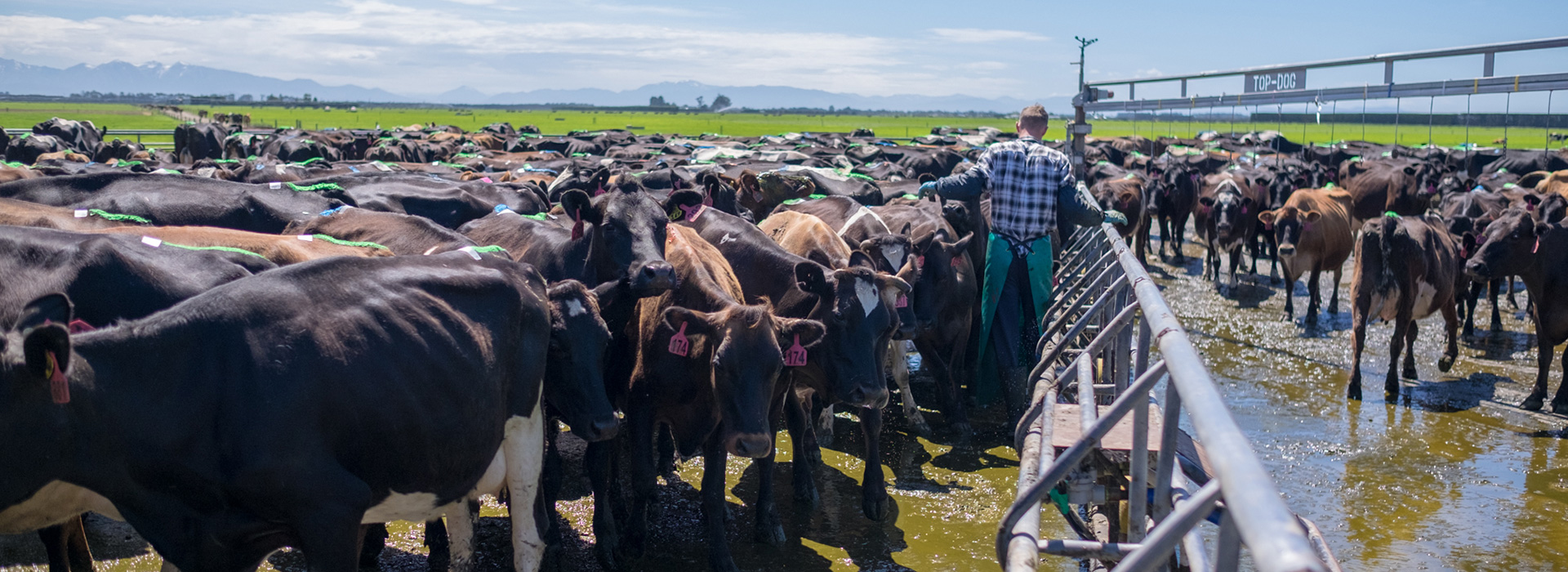Product developers: Fall in love with the problem, not the solution
Two weeks out from Fieldays, and the Locus team is preparing for another great three days in the Innovation Lab. Every year we see a huge number of farming innovations, some on a fast track to success and others slightly missing the mark.
Many “farm shed innovators” arrive at Fieldays with their idea already well along the development process, and soon find themselves trying to fit their product into a market that may have little demand for it. These products are often dreamed-up to solve a particular problem from an individual’s perspective. It’s easy to lose sight of the bigger picture and whether a product is tackling a problem worth solving for a large number of people.
So how do we bridge the gap from an idea to a solution with mass appeal?
User research has the potential to be fast, effective, and drive the kind of insight that can be impossible to discover through surveys, big data or other quantitative research methods. Data-driven insight has its place, but if you aren’t out there observing, talking and collaborating with your end users, you miss a huge part of the puzzle.
Talk to anyone involved in design research, and they will tell you the same thing – clearly defining and understanding the problem you are trying to solve must be your first step before jumping into any design phase. We’ve come to use the phrase “fall in love with the problem, not the product” regularly in the studio. Ensuring you love the problem more than any solution will give you the best chance of creating a product that answers the needs of your users and stakeholders.
The easiest way to get to grips with the issues people face is to get into the field and immerse yourself in the context they live and work in. Asking what people want is never the goal because it encourages people to jump to conclusions and limits your opportunity to innovate. Rather, the aim is to gain empathy and understand their environment and point of view.
Understanding what drives decision making, what motivates and frustrates them, their needs, their goals and to observe their processes and workflow. This all helps to ensure we design from a position of understanding. Farmers especially are highly emotive people, with a unique set of behaviors and are deeply connected to their land and livestock. The better we understand them, the better we can design for them.
User research also helps us to understand the broader landscape to which a potential new product may enter. Talking to people can give you insights into the products they use and why they use them. For example: How they buy equipment, what are the leading products and brands, what’s the compliance landscape like etc. You are able to hear stories directly from them, and this is extremely powerful in building a brand and product that speaks to their core values.
Every farm and farmer are different, with a unique set of challenges and point of view. Getting out into the field is a great quick and easy, and a necessary learning method before jumping into the design phase. It builds understanding, justifies design decisions and ensures you are spending your time and money designing for real needs. Don’t be afraid of what you might find, just get out there and talk to people! Our “Generating Insights” resource is good place to start if you want to get the best out of understanding your (new) users.
Ultimately, everyone’s goal is the same: to create a successful product that people love to use. Understanding that people are at the centre of that goal gives us the best chance to make that a reality.
Want to read more on creativity, design, product development and innovation? Go to our Six Lenses Blog.


Comments